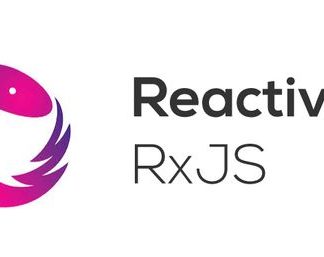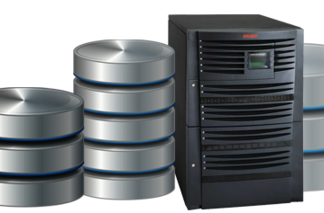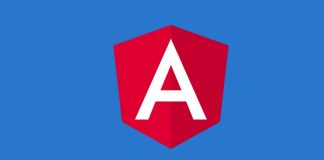Professionals rely on JavaScript frameworks. These support the language of the web, which supports event-driven, functional, object-oriented, and prototype-based programming styles. So what do you need to know about JavaScript frameworks? We provide our introduction to the subject and detailed evaluations below.
Note that JavaScript frameworks come in many styles. We discuss their features, their benefits, and their shortcomings. All of this contributes to our recommendations for the best JavaScript frameworks to use in 2023. Let’s get started with some high-level questions related to the JavaScript language and its frameworks.
What is a JavaScript Framework and What Does it Do?
A web development framework is an abstraction in which software providing generic functionality can be selectively changed by additional user-written code. A JavaScript framework is an application framework written in JavaScript, where programmers can manipulate the functions and use them for their convenience.
Frameworks are more adaptable for web design, and hence most website developers take to them. Frameworks make working with JavaScript easier and smoother, offering such possibilities as making applications device responsive.
Top 10 JavaScript Frameworks
1. Angular

| Pros | Cons |
| Open SourceSingle page applicationsEasier DOM manipulationTwo-way bindingVery testable | Possible performance issuesCan get complex for larger scenariosSome features may be difficult to understand for newcomers |
One of the most powerful and efficient JavaScript frameworks, Angular is an open-source framework that is used for developing a Single Page Application (SPA). It extends the HTML into the application and interprets the attributes to perform data binding.
Features
- Progressive Web Apps: Has modern web platform capabilities to deliver app-like experiences that are high performance, offline and zero-step installation.
- Desktop: Desktop-installed apps across Mac, Windows, and Linux can be created using the same Angular methods as the web plus the ability to access native OS APIs.
- Code Generation: Angular turns templates into code that’s highly optimized for JavaScript virtual machines, giving hand-written code benefits.
- Code Splitting: With the new Component Router, angular apps load quickly, delivering automatic code-splitting.
- Templates: Create UI views with simple and powerful template syntax.
- Angular CLI: Command line tools allow you to start building fast, add components and tests, and then instantly deploy.
- Animation: Create high-performance, complex choreographies, and animation timelines with very little code through Angular’s intuitive API.
- Accessibility: Create accessible applications with ARIA-enabled components, developer guides, and built-in test infrastructure.
2. React
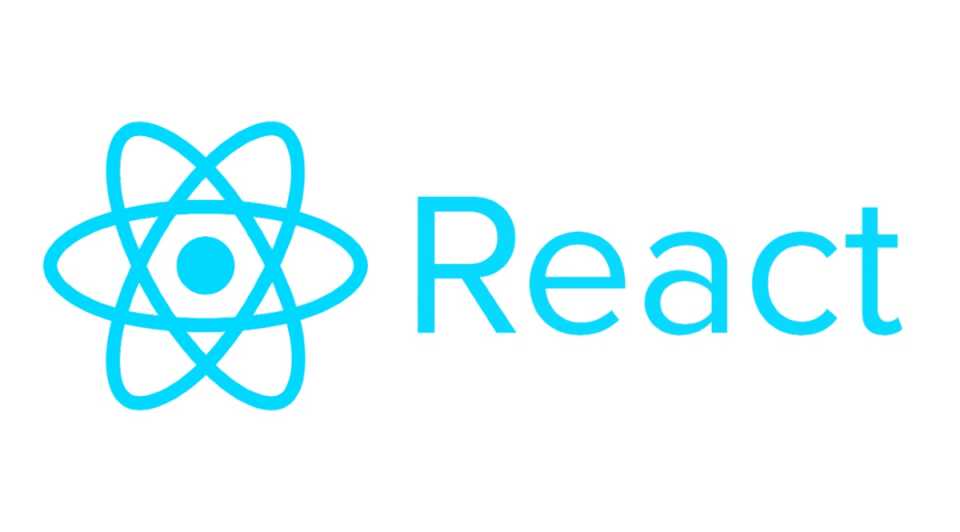
| Pros | Cons |
| Easy to learnReusable componentsVirtual DOMSEO friendly | Documentation may be an issueJSX is a double-edged sword |
Created by Facebook, the React framework has earned popularity very quickly. It is used to develop and operate the dynamic User Interface of web pages with high incoming traffic. It makes use of a virtual DOM, and hence, integration with any application is more straightforward.
Features:
- Declarative: Creates interactive and dynamic UI for websites and mobile applications. Declarative views make the code readable and easy to debug.
- Virtual DOM: For every DOM object, there is a corresponding “virtual DOM object.” It creates a virtual copy of the original DOM and is a representation of a DOM object.
- Event handling: React has its fully compatible W3C object model event system created. It also provides a cross-browser interface to a native event.
- JSX: JSX is a markup syntax that closely resembles HTML. JSX makes writing React components easier by making the syntax almost identical to the HTML injected into the web page.
- Performance: React uses one-way data binding with an application architecture called Flux controls. ReactJS helps update the View for the user with Flux controlling the application workflow.
- React Native: React Native is a custom renderer for React; it uses native components instead of web components like React as building blocks.
- Component-Based: Everything is a component of the web page, divided into small components to create a view(or UIs). Components in ReactJS are used to define the visuals and interactions in applications.
3. Vue.js
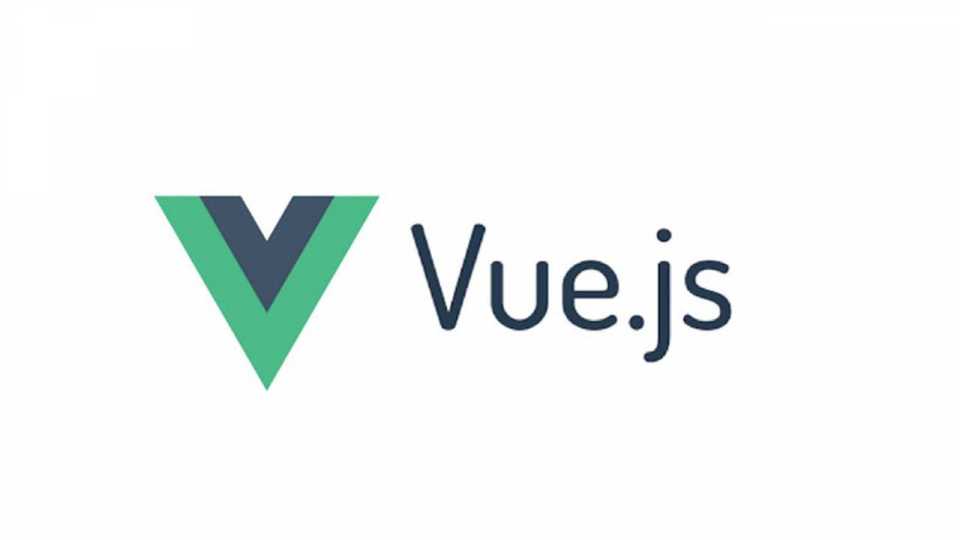
| Pros | Cons |
| LightweightFastExtensive documentationReactive two-way binding | Comparatively fewer componentsLack of support for large-scale projectsOverflexibility |
Though developed in the year 2016, this JavaScript framework has already made its way into the market and has proven its worth by offering numerous features. Its dual integration mode is one of the most attractive features for creating a high-end SPA. It is a reliable platform for cross-platform development.
Features
- Virtual DOM: Vue.js utilizes a virtual DOM, a clone of the principal DOM element.
- Data Binding: This feature facilitates the manipulation or assignment of values to HTML attributes.
- CSS Transitions and Animations: Vue has several methods to apply a transition to HTML elements when added, updated, or removed from the DOM.
- Template: Vue provides HTML-based templates that bind the DOM with the Vue.js instance data. The templates are compiled into Virtual DOM Render functions.
- Complexity: Vue.js is simpler in terms of API and design. A web developer can build simple applications in a single day.
4. Ember.js

| Pros | Cons |
| Ember CLIGood selection of add-onsExtensive documentation and good community engagement | Can be difficult to learnHighly opinionated frameworkNot suitable for smaller projects |
Ember.js arrived in 2015, and since then, it has gained popularity with its wide application area. The features of Ember.js support two-way data binding and this makes it a reliable platform for handling complicated User Interfaces. Popular websites like LinkedIn, Netflix, and Nordstrom use Ember.js for their websites.
Features:
- Ease of use: Create usable web applications that are easy to maintain.
- HTML and CSS features: It offers HTML and CSS of the development model at the core.
- Instance initializers: Ember provides instance initializers for classes
- Routes: Ember.js offers routes that are core features used for managing the URL.
- Debugging: Ember.js has the Ember Inspector tool for debugging Ember applications.
- Templating: Ember.js uses templates that help to automatically update the model if the content of applications gets changed.
5. Meteor
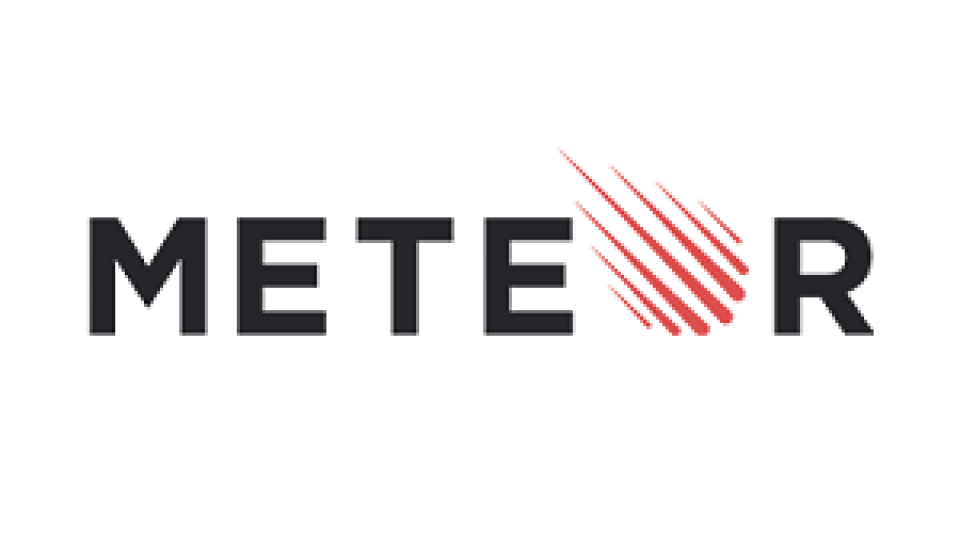
| Pros | Cons |
| Offers several conveniencesMakes development quickerEasy to learnActive community | Not quite as popular anymorePre-built packages can conflict with each other if many are used |
Meteor has several different uses, covering a significant portion of the software development. Uses include back-end development, management of the database, business logic, and rendering of the front-end.
Features:
- Full-Stack Solution: Meteor proves to be a full-stack solution for developing and deploying web applications. Features include automatic CSS, reactive templates, and JS minification on the production server.
- Development Ecosystem: Meteor.js is an open-source Isomorphic Development Ecosystem (IDevE). It facilitates building real-time web applications from scratch as it contains all the necessary front-end and back-end components..
- Isomorphic JavaScript Code: The same code can be used on the front-end, the back-end, and mobile and web applications. It saves developers from requiring to install and configure different module managers, libraries, drivers, APIs, and more.
- Front-end Solution:Meteor offers a front-end development framework, Blaze.js, which offers some useful features. It also integrates with popular modern front-end frameworks like Backbone.js to yield better results.
- Database Integration: Meteor.js supports any database with a Node.js driver. MongoDB is commonly used.
6. Mithril
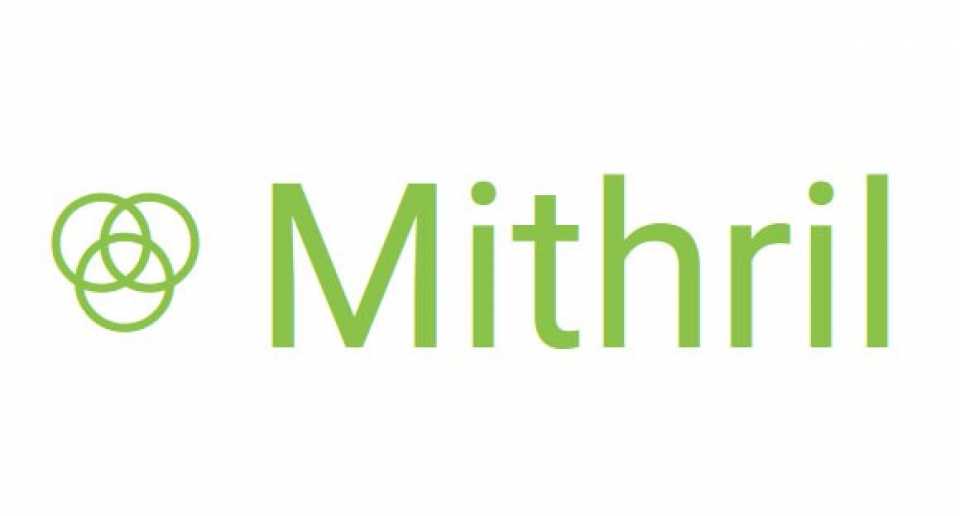
| Pros | Cons |
| LightweightGood performanceGood templating engineEasy to learn | Generally speaking, other frameworks have more featuresNot widely used |
Mithril is a client-side JavaScript framework that is used primarily in developing Single Page Applications. As there are no derived functions from a base class, the framework’s implementation is more straightforward. It’s small (< 8kb gzip), fast, and provides routing and XHR utilities out of the box.
Features:
- Code size: Mithril is around 7.8 kB gzipped and has no dependencies on other libraries.
- Architecture: Mithril does not provide base classes to extend from. There are no hidden performance costs when implementing core MVC patterns.
- Small API: Mithril offers a tight API and as a result, there‘s no need to build functionality for every scenario.
- Declarative: Mithril is declarative, and reduces code complexity.
- Try it now
7. Node.js

| Pros | Cons |
| High performanceEasy to learnScalableActive community | Can be difficult to maintain codeThere are a number of untested or poor quality toolsHeavy reliance on callbacks |
Node.js is a server-side JavaScript run-time environment, which works on cross platforms and is open-source. The framework is capable of driving asynchronous I/O with its event-driven architecture. It works in the JavaScript Runtime environment and shows JAVA’s similar properties like threading, packaging, and forming loops.
Features:
- Fast: The library of Node.js is fast when it comes to code execution, as it is built on the V8 JavaScript engine of Google Chrome.
- Asynchronous and Event-Driven I/O: All the APIs are asynchronous, which means that its server does not wait for the API to come back with data.
- Single-threaded: Node.js, along with event looping, follows a single-threaded model.
- Highly scalable: Node.js follows an event mechanism that makes it possible for the server to respond in a non-blocking manner, which makes it scalable.
- No buffering: When it comes to uploading audio and video files, Node.js cuts down processing time significantly. It does not buffer any data, and the application gets the data out in chunks.
- Open source: Being open-source, Node.js community has come up with several amazing models that can be used to add more capabilities to the Node.js applications.
8. Polymer

| Pros | Cons |
| Good for single-page applicationsReusable componentsMakes good use of elements for storage | Comparatively slow performance for mobileLarger applications may be difficult to develop with Polymer |
Polymer is an open-source JavaScript library developed by Google, and can create a website’s elements without getting too complex. It also supports both one-way and two-way data binding, which gives it a more extensive application area.
Features:
- Polyfills: Polymer features polyfills for creating customized and reusable elements.
- Reusability: Polymer is used for the creation of reusable widgets in web documents and applications.
- Good for mobile applications: Polymer uses Google material design to develop mobile applications for fast and easy to develop mobile applications.
- Flexibility: Custom elements are distributed across the network and allow users to use these elements with the help of HTML Imports.
9. Aurelia

| Pros | Cons |
| Convention over configurationSyntax is very readableExtensive documentation | Can be difficult to learnNot quite as popular anymore |
Though not quite as common as it once was, the Aurelia framework is useful for developing far more robust websites. This JS framework can extend the HTML for several purposes, including data binding. Its modern architecture ensures that the purpose of toll is for interpretation client-side and server-side at a time.
Features:
- Components: Components are the building blocks of the Aurelia framework and are composed of JavaScript view-model pairs and HTML views.
- Web Standards: It is one of the cleanest modern frameworks. It completely focuses on web standards without unnecessary abstractions.
- Extensible: The framework facilitates an easy way to integrate with other tools.
- Commercial Support: This framework offers commercial and enterprise support.
10. Backbone.js
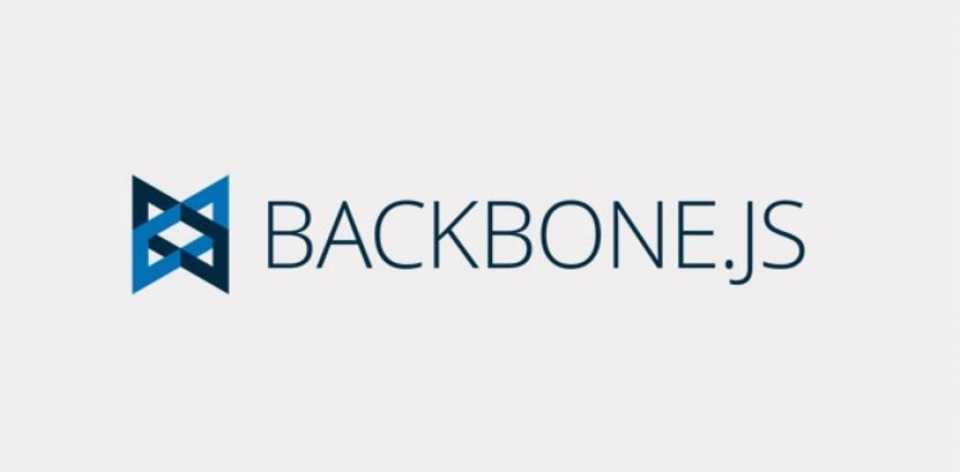
| Pros | Cons |
| FlexibleLightweight and fastEasy to integrate | Somewhat opinionatedDebugging may be an issue |
Quite easy to learn, Backbone is used to create Single Page Applications. The development of this framework uses the idea that all the server-side functions must flow through an API, which helps achieve complex functionalities with less code.
Features:
- Convenience: Building blocks such as models, views, events, routers, and collections are provided for assembling the client-side web applications.
- Easy-to-use library: It is a simple library that helps separate business and user interface logic.
- Many extensions: Backbone has a free and open-source library and contains over 100 available extensions.
- Dependencies: Backbone has a soft dependency on jQuery and a hard dependency on Underscore.js.
- Organized development: Backbone lets you create client-side web applications or mobile applications in a well-structured and organized format.
So Which is the Best JavaScript Framework?
When it comes to web development, Javascript continues to be the dominant language. But all of the various JavaScript frameworks have their own uses, advantages, and disadvantages. So bear that in mind when thinking about choosing one.
Carefully study your project requirements before choosing your framework for your application as every framework comes with unique features that you may require during development. Apart from the features, also consider the learning curve, complexity, compatibility documentation, and community support.
We hope our suggested list of frameworks for Javascript helps you choose the perfect one for your project. If you’d like to learn the language, check out our best JavaScript courses article.
That ends our JavaScript frameworks list. Which one is your favorite?
Frequently Asked Questions
1. Which Framework is Best for JavaScript?
Developers will have their own opinion on this question, and like any such open-ended question, there is no single best framework for JavaScript. They each have their own advantages and uses. However, React is the most popular JavaScript framework by a good margin. React is a functional programming framework that offers several features, including the ability to make beautiful UIs quickly.
2. What are the Different Frameworks in JavaScript?
There are many kinds of JS frameworks available, including:
- React
- Angular
- Vue.js
- Ember.js
- Meteor
- Mithril
- Node.js
- Polymer
- Aurelia
- Backbone.js
They have their own specific set of features and they each do certain things better than their counterparts. The features described under each framework in our guide above will help you decide on which might be the best JS framework for you.
3. What is the Fastest JS Framework?
Vue.js is the fastest JS framework available. Developed by a former Google Engineer, Vue is a lightweight framework that has an architecture focused on declarative rendering and component composition.
4. How Many Frameworks are in JavaScript?
At the very least, there are over 20 JS frameworks that are well-known to the developer community, but chances are you’ll only stick to one or two. It’s more important to get good at one JS framework as opposed to becoming a jack of all trades – and it’s all you need really.
5. Is jQuery a Framework?
jQuery is not a JavaScript framework. Rather, it is a JavaScript library that makes the implementation of the features much easier. Specifically, it makes it easier to handle HTML DOM tree traversal and manipulation, event handling, CSS animation, and Ajax.
6. What is the Difference Between a JavaScript Framework and a JavaScript Library?
The basic difference between a JavaScript framework and a JavaScript library is that the former helps you design an application, and the latter offers functions that perform tasks. A framework dictates the overall design, while a function lets you choose the details.












